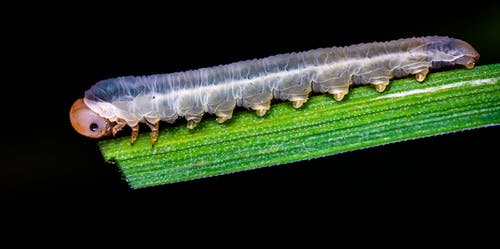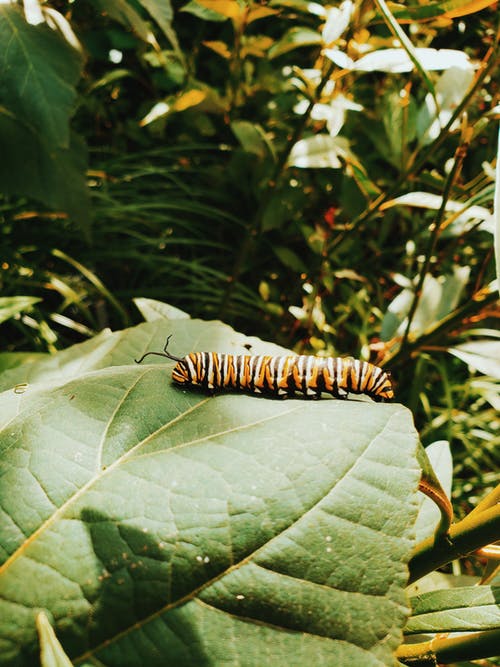Australian caterpillar venom would be key to advancing science.
Dr. Andrew Walker at the Institute for Molecular Bioscience has been researching the Doratifera vulnerans, an Australian caterpillar, since 2017, and has found that its venom could be used in medications and pest control, among other areas of science. The caterpillar is commonly found in Queensland and in Toohey Forest Park in Brisbane.
Mottled cup moth caterpillars produce a complex venom containing 151 toxins spanning 59 families, most of which are peptides. Walker’s research found the caterpillar’s venom contains toxins similar in structure to that of commonly avoided spiders, wasps, bees, and ants. The venom is a viable source of bioactive peptides that may have uses in medicine and biotechnology.
“We found one while collecting assassin bugs near Toowoomba and its strange biology and pain-causing venom fascinated me,” Walker said. “Its binomial name means ‘bearer of gifts of wounds’.”

He wrote in his research article, “Venoms of limacodid caterpillars evolved independently to those of previously studied animals, and analysis of their venom therefore provides an opportunity to examine patterns of molecular convergence and divergence underlying the evolution of venom use. We report remarkable convergence in the recruitment of venom peptides between limacodids and other venomous taxa. Like scorpions and spiders, limacodids have weaponized immune system peptides to deter potential predators, although these cecropin-derived venom peptides are more similar in structure and mode of action to the venom peptides of hymenopteran insects. This study reveals a venom system with a unique combination of features not previously reported in other venomous animals and provides insights into the functional basis of venoms of the Limacodidae.”
Walker explained the purpose of the venom, saying, “Many caterpillars produce pain-inducing venoms and have evolved biological defenses such as irritative hairs, toxins that render them poisonous to eat, spots that mimic snake eyes or spines that inject liquid venoms. Previously researchers had no idea what was in the venom or how they induce pain.”
He continued, “We now know the amino acid sequences, or the blueprints, of each protein-based toxin. This will enable us to make the toxins and test them in diverse ways.”
The caterpillar’s venom can kill bacteria such as nematode parasites that are harmful to livestock, as well as disease-causing pathogens, according to the research, which was published in the Proceedings of the National Academy of Sciences of the USA, and “unlocks a new source of bioactive peptides that may have use in medicine, through an ability to influence biological processes and promote good health.”
The “stingy spines” of the caterpillar were the subject of previously published research in the journal Behavioral Ecology. The authors noted, “We conclude that limacodid larvae that are heavily armored with stinging spines are well defended against attacks from invertebrate predators and are significantly more likely to survive predator encounters than are unspined or lightly spined larvae.”
The current study expands upon this evidence to offer more use for the venom. Yet, the observations need to be studied further. Walker explained, “First, we need to work out what the individual toxins do, to inform us about how they might be used.”
Sources:
Venom From Extremely Poisonous Caterpillar May Hold Healing Tonic That Saves Lives
Stinging spines protect slug caterpillars (Limacodidae) from multiple generalist predators


Join the conversation!